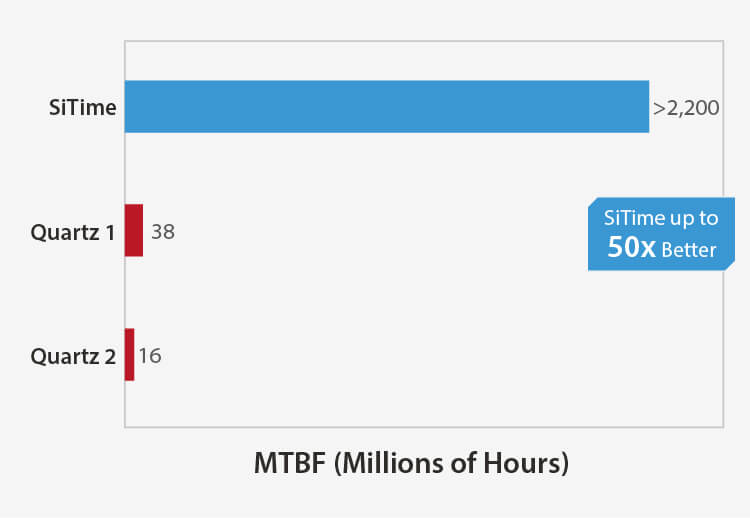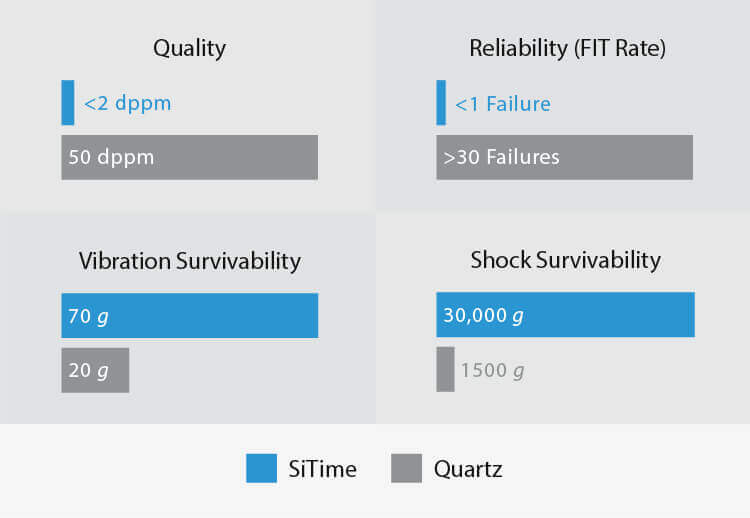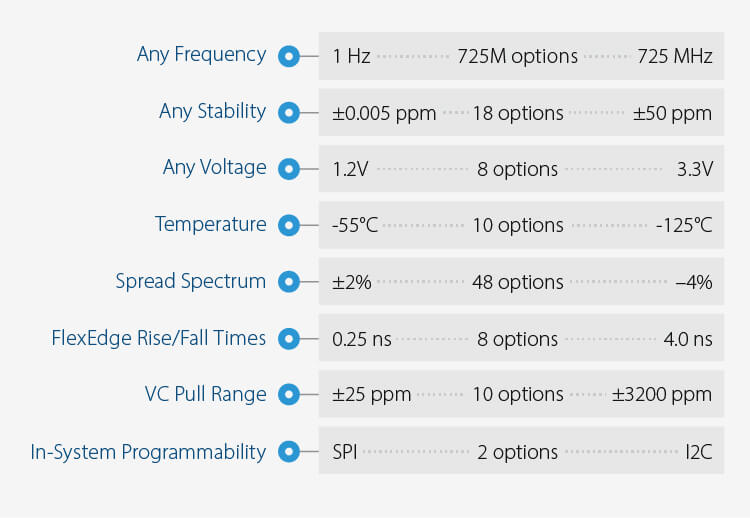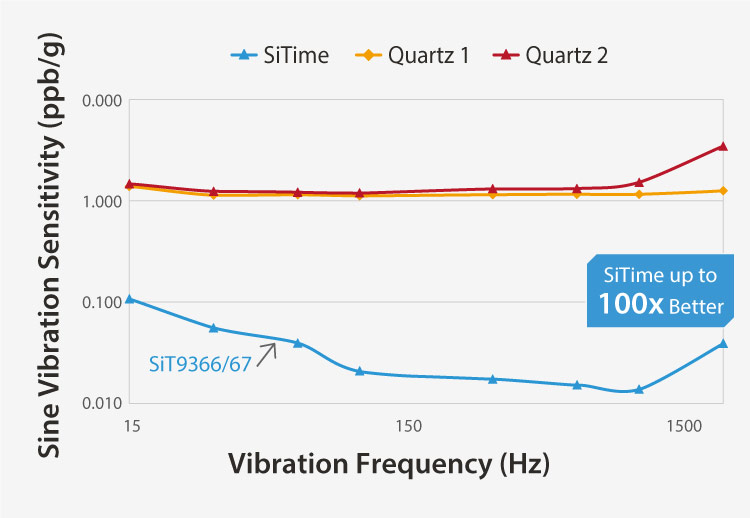MEMS Timing Solutions for Industrial Cameras
| Devices | Key Features | Key Values |
|---|---|---|
|
MHz oscillator
SiT8008 1 to 110 MHz
SiT1602 52 std freqs from 3.57 to 77.76 MHz
|
|
|
|
MHz oscillator
SiT8021 1 to 26 MHz
|
|
|
|
MHz oscillator
SiT1603 [1] 8 to 76.8 MHz (various specific frequencies)
|
|
|
|
Differential oscillator
SiT9366 1 to 220 MHz
|
|
|
|
32.768 kHz oscillator
SiT1811 [1]
|
|
|
|
32.768 kHz oscillator
|
|
|
1 Please contact SiTime for availability.






